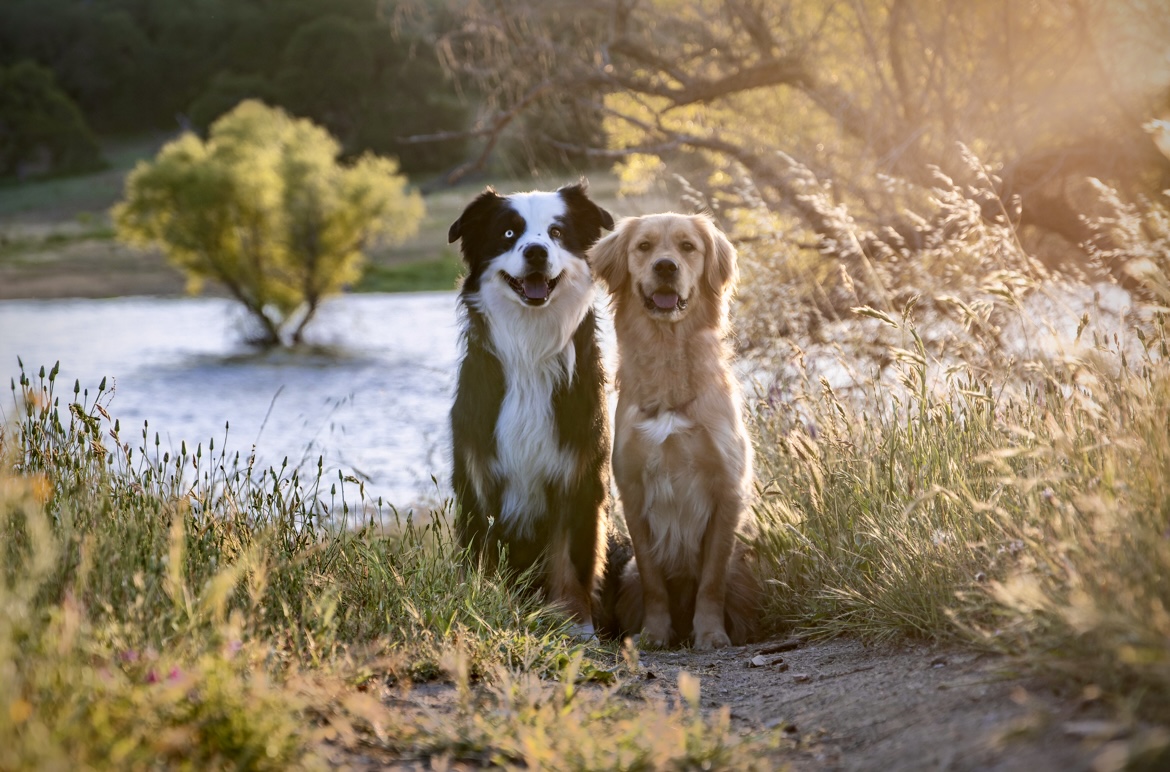Having a dog can bring so much joy and companionship to your life, but sometimes their behavior can be frustrating or challenging. Understanding why your dog is behaving a certain way and knowing how to address it effectively is key to creating a harmonious relationship with your furry friend. Here are 7 common dog behavior problems and how to address them using Positive reinforcement puppy training.
1. Excessive barking: Dogs bark as a way of communicating, but excessive barking can be annoying to you and your neighbors. To address this behavior, identify the trigger for the barking and use positive reinforcement techniques to reward your dog for being quiet. You can also provide distractions or toys to keep them busy and reduce their urge to bark.
2. Chewing: Dogs chew as a way of exploring the world around them, but it can become a problem when they chew on furniture or shoes. To address this behavior, provide your dog with appropriate chew toys and praise them when they chew on those instead of your belongings. Consistency is key in teaching your dog what is acceptable to chew on.
3. Jumping up: Dogs often jump up on people as a way of greeting them, but this behavior can be problematic, especially for guests who may not appreciate it. To address this behavior, teach your dog to sit or stay when greeting people and reward them for calm behavior. Consistent training and positive reinforcement will help them learn the appropriate way to greet people.
4. Digging: Dogs dig as a natural instinct, but it can be destructive to your yard or garden. To address this behavior, provide your dog with a designated digging area, such as a sandbox or digging pit, and reward them for using it. You can also provide mental and physical stimulation through toys or activities to reduce their urge to dig.
5. Separation anxiety: Dogs can experience anxiety when left alone, leading to destructive behavior such as barking, chewing, or pacing. To address this behavior, gradually desensitize your dog to being alone by leaving them for short periods and gradually increasing the time. Use positive reinforcement techniques to create a positive association with being alone and provide comfort items such as toys or blankets.
6. Aggression: Aggression in dogs can be triggered by fear, territorial behavior, or frustration. To address this behavior, it is important to identify the trigger and seek the help of a professional trainer or behaviorist. Positive reinforcement training can help create a positive association with the trigger and teach your dog alternative behaviors.
7. Pulling on the leash: Dogs often pull on the leash during walks, making it difficult to control them and enjoy your time together. To address this behavior, use positive reinforcement techniques to reward your dog for walking calmly on a loose leash. You can also use training tools such as a front-clip harness to discourage pulling and reward them for walking by your side.
In conclusion, understanding the reasons behind your dog’s behavior and using positive reinforcement puppy training techniques can help address common behavior problems effectively. Consistency, patience, and positive reinforcement will create a strong bond between you and your furry friend while teaching them appropriate behavior.
************
Want to get more details?
Choice Dog Training LLC | Professional Dog Training
https://www.choicedogtraining.com/
Here at Choice Dog Training LLC, we provide expert, choice-based dog training — from puppy foundations and obedience to behavior modification and service dog training. Every program is tailored to your dog’s unique needs, using ethical methods that build trust, confidence, and lasting results.
Unlock the potential in your furry friend with Choice Dog Training! Our expert trainers will help you and your pup build a strong bond and achieve obedience goals you never thought possible. Stay tuned for tips, tricks, and success stories from our satisfied clients. Your dog’s transformation starts here!












